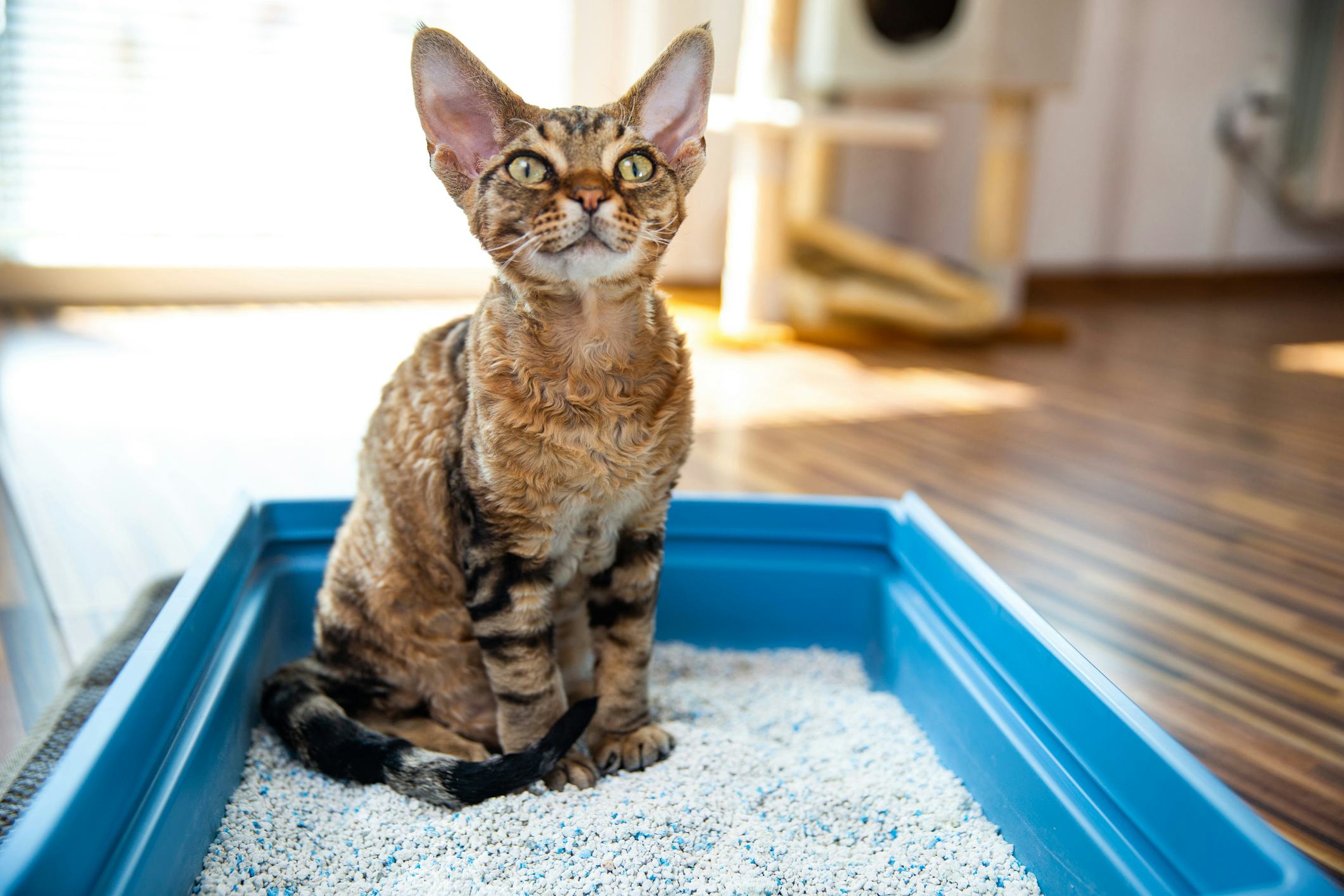How do you really feel about Can You Flush Cat Poo or Litter Down the Toilet??

Intro
As cat owners, it's important to be mindful of exactly how we dispose of our feline good friends' waste. While it may appear practical to purge cat poop down the bathroom, this method can have destructive consequences for both the atmosphere and human health and wellness.
Alternatives to Flushing
The good news is, there are safer and much more accountable methods to dispose of cat poop. Consider the complying with options:
1. Scoop and Dispose in Trash
The most usual method of disposing of pet cat poop is to scoop it into a naturally degradable bag and throw it in the garbage. Be sure to utilize a dedicated clutter scoop and get rid of the waste quickly.
2. Use Biodegradable Litter
Go with biodegradable feline trash made from materials such as corn or wheat. These litters are eco-friendly and can be safely dealt with in the garbage.
3. Hide in the Yard
If you have a yard, take into consideration burying feline waste in a marked location away from veggie yards and water resources. Make certain to dig deep sufficient to stop contamination of groundwater.
4. Set Up a Pet Waste Disposal System
Buy a pet waste disposal system particularly created for cat waste. These systems make use of enzymes to break down the waste, lowering smell and environmental impact.
Health and wellness Risks
Along with environmental problems, flushing cat waste can also pose health threats to people. Cat feces might contain Toxoplasma gondii, a bloodsucker that can create toxoplasmosis-- a potentially extreme health problem, specifically for expecting women and individuals with damaged immune systems.
Ecological Impact
Purging feline poop presents dangerous virus and parasites right into the water system, posturing a considerable risk to aquatic environments. These pollutants can negatively impact aquatic life and concession water top quality.
Final thought
Responsible pet dog ownership expands past offering food and shelter-- it also includes proper waste monitoring. By refraining from flushing pet cat poop down the commode and choosing alternative disposal techniques, we can minimize our ecological footprint and secure human health.
Why Can’t I Flush Cat Poop?
It Spreads a Parasite
Cats are frequently infected with a parasite called toxoplasma gondii. The parasite causes an infection called toxoplasmosis. It is usually harmless to cats. The parasite only uses cat poop as a host for its eggs. Otherwise, the cat’s immune system usually keeps the infection at low enough levels to maintain its own health. But it does not stop the develop of eggs. These eggs are tiny and surprisingly tough. They may survive for a year before they begin to grow. But that’s the problem.
Our wastewater system is not designed to deal with toxoplasmosis eggs. Instead, most eggs will flush from your toilet into sewers and wastewater management plants. After the sewage is treated for many other harmful things in it, it is typically released into local rivers, lakes, or oceans. Here, the toxoplasmosis eggs can find new hosts, including starfish, crabs, otters, and many other wildlife. For many, this is a significant risk to their health. Toxoplasmosis can also end up infecting water sources that are important for agriculture, which means our deer, pigs, and sheep can get infected too.
Is There Risk to Humans?
There can be a risk to human life from flushing cat poop down the toilet. If you do so, the parasites from your cat’s poop can end up in shellfish, game animals, or livestock. If this meat is then served raw or undercooked, the people who eat it can get sick.
In fact, according to the CDC, 40 million people in the United States are infected with toxoplasma gondii. They get it from exposure to infected seafood, or from some kind of cat poop contamination, like drinking from a stream that is contaminated or touching anything that has come into contact with cat poop. That includes just cleaning a cat litter box.
Most people who get infected with these parasites will not develop any symptoms. However, for pregnant women or for those with compromised immune systems, the parasite can cause severe health problems.
How to Handle Cat Poop
The best way to handle cat poop is actually to clean the box more often. The eggs that the parasite sheds will not become active until one to five days after the cat poops. That means that if you clean daily, you’re much less likely to come into direct contact with infectious eggs.
That said, always dispose of cat poop in the garbage and not down the toilet. Wash your hands before and after you clean the litter box, and bring the bag of poop right outside to your garbage bins.
https://trenchlesssolutionsusa.com/why-cant-i-flush-cat-poop/

Do you like reading about How to Dispose of Cat Poop and Litter Without Plastic Bags? Create a remark below. We'd be delighted to know your reactions about this piece. Hoping that you come back again soon. Those who liked our post plz don't forget to share it. Thank you for your time. Please visit our site back soon.
Call Today